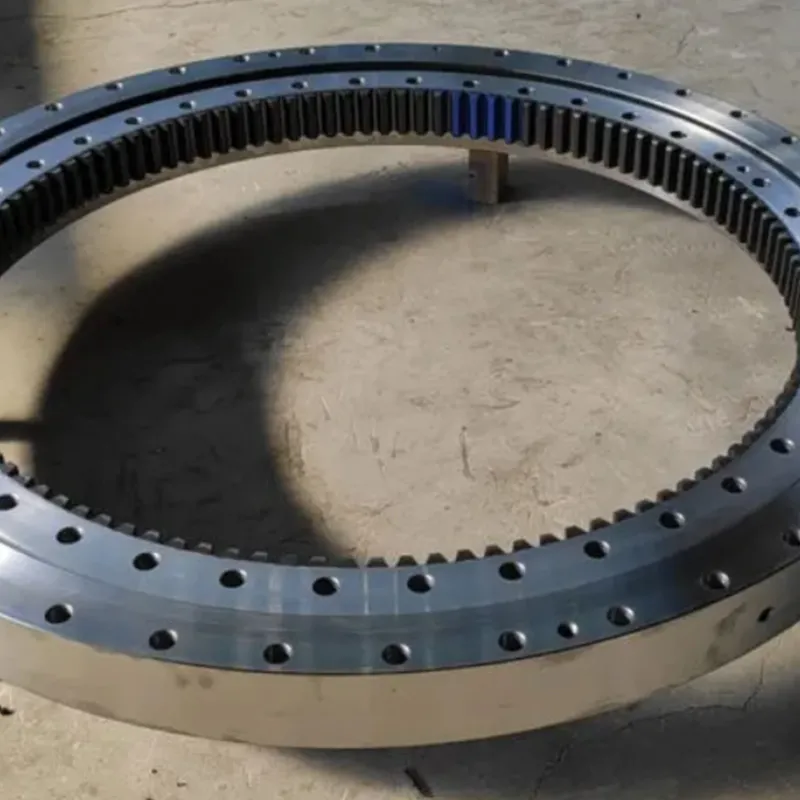-
Cangzhou Yulong Steel Co., Ltd.
-
Phone:
+86 13303177267 -
Email:
admin@ylsteelfittings.com
- English
- Arabic
- Italian
- Spanish
- Portuguese
- German
- kazakh
- Persian
- Greek
- French
- Russian
- Polish
- Thai
- Indonesian
- Vietnamese
- Zulu
- Korean
- Uzbek
- Hindi
- Serbian
- Malay
- Ukrainian
- Gujarati
- Haitian Creole
- hausa
- hawaiian
- Hebrew
- Miao
- Hungarian
- Icelandic
- igbo
- irish
- Japanese
- Javanese
- Kannada
- Khmer
- Rwandese
- Afrikaans
- Albanian
- Amharic
- Armenian
- Azerbaijani
- Basque
- Belarusian
- Bengali
- Bosnian
- Bulgarian
- Catalan
- Cebuano
- China
- China (Taiwan)
- Corsican
- Croatian
- Czech
- Danish
- Esperanto
- Estonian
- Finnish
- Frisian
- Galician
- Georgian
- Kurdish
- Kyrgyz
- Lao
- Latin
- Latvian
- Lithuanian
- Luxembourgish
- Macedonian
- Malgashi
- Malayalam
- Maltese
- Maori
- Marathi
- Mongolian
- Myanmar
- Nepali
- Norwegian
- Norwegian
- Occitan
- Pashto
- Dutch
- Punjabi
- Romanian
- Samoan
- Scottish Gaelic
- Sesotho
- Shona
- Sindhi
- Sinhala
- Slovak
- Slovenian
- Somali
- Sundanese
- Swahili
- Swedish
- Tagalog
- Tajik
- Tamil
- Tatar
- Telugu
- Turkish
- Turkmen
- Urdu
- Uighur
- Welsh
- Bantu
- Yiddish
- Yoruba

Nov . 30, 2024 05:30 Back to list
30-Inch Class 150 Flange Specifications and Applications for Industrial Use
Understanding the Flange An In-Depth Look at the 30 Inch Class 150 Flange
In the world of piping and industrial applications, flanges play a critical role in connecting pipes, valves, pumps, and other equipment. Among the various types of flanges available, the 30 inch Class 150 flange stands out due to its specific dimensions, pressure ratings, and applications. This article explores the importance, characteristics, installation, and practical applications of this crucial component.
What is a Flange?
A flange is a mechanical component typically used to connect two sections of pipe or to attach piping to other components, such as valves or pumps. Flanges are critical for creating a secure and leak-proof connection in piping systems. They are available in various materials, sizes, and pressure ratings to suit diverse industrial needs.
The 30 Inch Class 150 Flange
The designation 30 inch Class 150 specifies both the size and pressure rating of the flange. The 30 inch refers to the nominal diameter of the flange, while Class 150 indicates the maximum pressure that the flange can handle, which is approximately 150 psi (pounds per square inch) at room temperature.
Dimensions A 30 inch Class 150 flange typically features a standard bolt circle diameter, bolt hole size, and number of bolts, which allows for compatibility with major piping systems. Generally, the flange thickness varies depending on the material used, which can include carbon steel, stainless steel, or alloy materials.
Pressure Rating Class 150 flanges are designed to handle low to moderate pressure applications. For process industries where higher pressure ratings are required, flanges with classes exceeding 150, such as Class 300 or Class 600, may be more appropriate. However, the Class 150 flange is widely used in various applications due to its balance between pressure handling capabilities and material costs.
Material Considerations
Selecting the right material for a flange is critical for ensuring its durability and resistance to environmental conditions. Common materials used for 30 inch Class 150 flanges include
- Carbon Steel Widely used for its strength and cost-effectiveness. It is suitable for low to moderate pressure applications in various industries. - Stainless Steel Offers superior corrosion resistance, making it ideal for chemical processing or marine environments. - Alloy Steels Customized materials that can provide additional properties like heat resistance or enhanced strength.
The choice of material ultimately depends on factors such as the media being transported, temperature, pressure, and environment.
flange 30 inch class 150

Installation and Maintenance
Proper installation of a flange is essential to ensure leak-free and durable connections. Here are some key considerations for installing a 30 inch Class 150 flange
1. Surface Preparation Ensure that the surfaces of both the flange and the pipe are clean and free of debris. This enhances the sealing effectiveness.
2. Gaskets The use of appropriate gaskets is crucial. Gaskets serve as a sealing medium, preventing leaks between the two flanges. Common gasket materials include rubber, PTFE, and metal.
3. Bolting Use the correct number and type of bolts. It is essential to adhere to the specified torque values during the tightening process to avoid damaging the flange or the gasket.
4. Inspection and Maintenance Regular inspections can identify wear and tear before they lead to failures. Look for signs of corrosion, cracks, or leaks, and replace components as necessary.
Applications of the 30 Inch Class 150 Flange
The versatility of the 30 inch Class 150 flange means it is found in a variety of applications, including
- Water and Wastewater Treatment Used in large piping systems for the transport and treatment of water. - Oil and Gas Found in refineries and pipelines where moderate pressure is common. - Chemical Processing Employed for piping systems that require reliable connections to handle various chemicals.
Conclusion
The 30 inch Class 150 flange is a vital component in many industrial applications. Understanding its characteristics, appropriate materials, correct installation procedures, and practical applications can enhance operational efficiency and safety. As industries continue to rely on piping systems, the importance of such flanges will only grow, necessitating ongoing advancements in design and material technology to meet modern demands.
Latest news
-
ANSI 150P SS304 SO FLANGE
NewsFeb.14,2025
-
ASTM A333GR6 STEEL PIPE
NewsJan.20,2025
-
ANSI B16.5 WELDING NECK FLANGE
NewsJan.15,2026
-
ANSI B16.5 SLIP-ON FLANGE
NewsApr.19,2024
-
SABS 1123 FLANGE
NewsJan.15,2025
-
DIN86044 PLATE FLANGE
NewsApr.19,2024
-
DIN2527 BLIND FLANGE
NewsApr.12,2024
-
JIS B2311 Butt-Welding Fittings LR/SR 45°/90° /180°Seamless/Weld
NewsApr.23,2024











